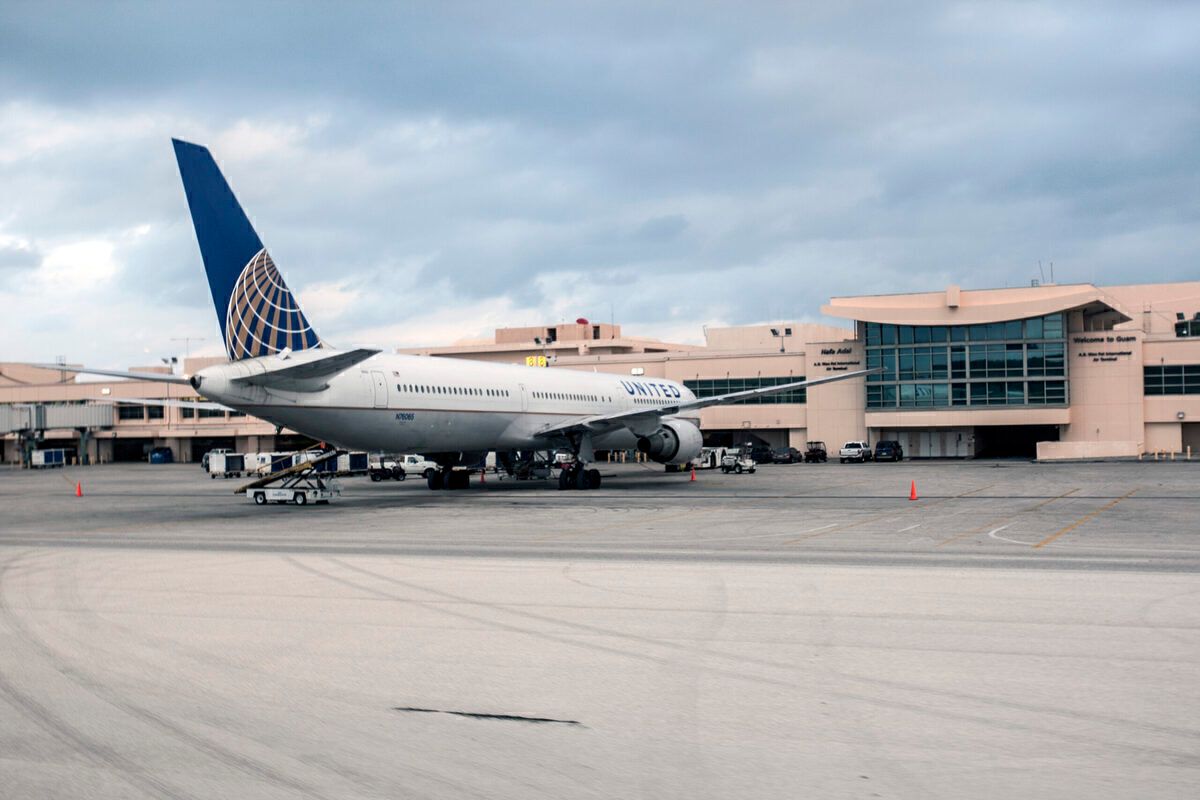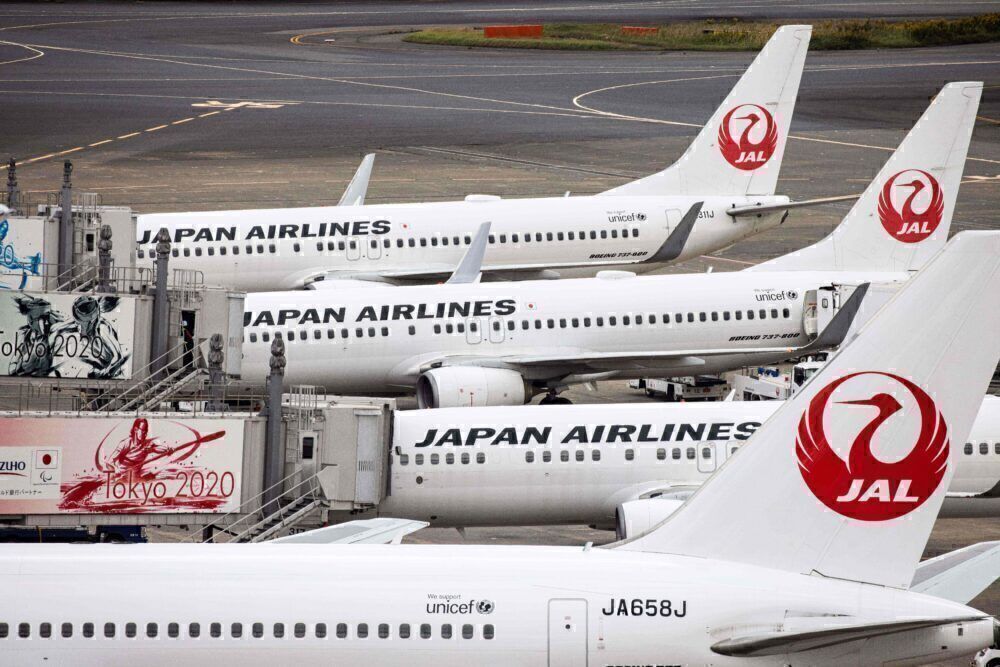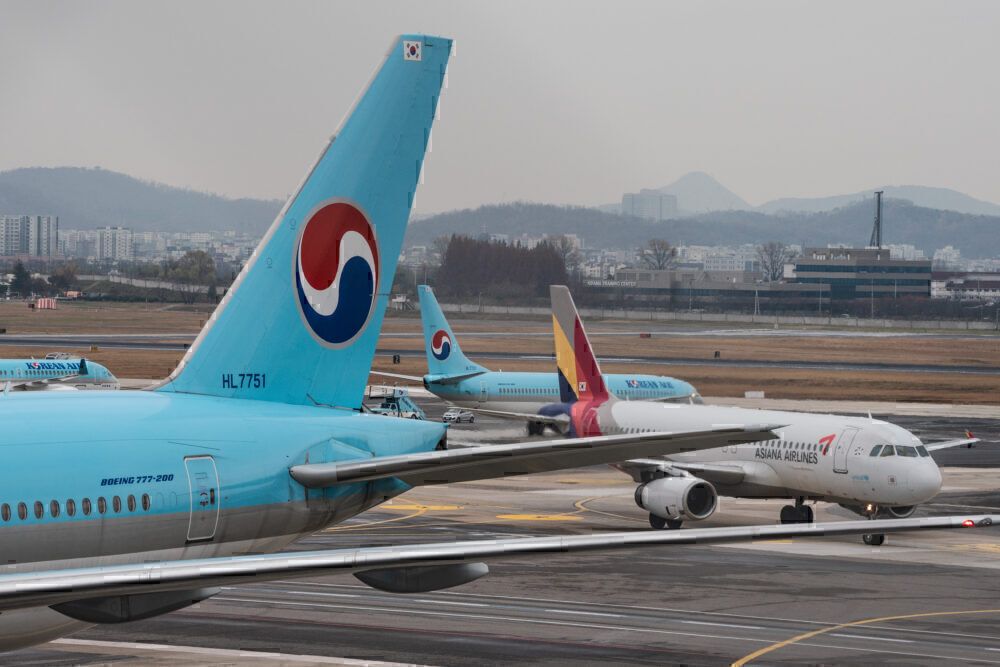As Guam looks to relax entry and quarantine restrictions this northern summer, Won Pat International Airport will try to reboot flights to and from Asia with generous airport fee discounts. Discounts of up to 50% will apply to standard arrival and departure fees, immigration inspection fees, aerobridge fees, and landing fees over much of the northern summer.
“The goal that we’re trying to achieve here is to incentivize some of our carriers that may not have been flying, or even some of our carriers that have been flying, to open up routes that used to exist, for the initial period travel opening is expected to begin, which is May 1,” Won Pat International Airport Executive Ricky Hernandez told the Pacific Daily News.
Stay informed: Sign up for our daily and weekly aviation news digests.
An attempt to reboot flights to Guam
Located in Micronesia, the US island territory and its airport is hard hit by the global aviation downturn. In its last full year of normal operations, 2019, Won Pat International Airport handled 3,600,454 passengers. The airport hosted direct flights from Tokyo, Osaka, Fukuoka, Nagoya, Seoul, Busan, Honolulu, Hong Kong, Taipei, and Manila.
Among the carriers serving the airport, Air Busan, Air Seoul, Cebu Pacific, China Airlines, Japan Airlines, Jeju Air, Jin Air, Korean Air, T'way Air, and Philippine Airlines jetted in from airports in Asia. Guam's airport normally handled between 70 and 80 commercial flights every day.
These days, life is considerably quieter at Won Pat International Airport. Tourism makes up a big slice of Guam's economy. The bulk of those tourists came on flights from Japan, Korea, and the Philippines. But passenger traffic has dropped by 95% at the airport in the past 12 months. That's the result of multiple factors, including barriers to entry imposed by Guam's territorial government, airlines axing flights, and the worldwide downturn in travel.
Now Guam is seeing around 30 commercial flight movements a day. Traffic crashed to just a handful of flights per day last April. It recovered to between 30 and 40 flights a day in the latter half of last year. Since then, traffic growth has largely stalled.
Airport initiative coincides with a plan to relax Guam entry requirements
Many of the Asian airlines that previously flew to Guam have suspended their services. The exceptions are South Korean carriers including Jeju Air, T'way Air, Air Seoul, and Korean Air. United Airlines also uses still Guam as a jumping-off point for short and medium-haul flights in Asia.
In 2020, Won Pat International Airport posted a net loss of US$4.4 million, with revenues down US$25.8 million. The fees the airport charges airlines comprise a big part of overall revenue. But to stimulate more flights, Guam's airport is preparing to offer fee discounts over the summer.
This coincides with a plan by Guam's Governor to unwind entry and quarantine rules in early May. However, that is dependant on at least half of Guam's 63,000 adult residents being vaccinated by then.
Lower fees may encourage airlines to lay on more flights. The opportunity to skip an otherwise mandatory 14-day quarantine on arrival may encourage people to book flights to Guam. At least, that's the idea.
Between May 1 and July 31 (with the possibility of an extension), airlines that fly into Guam at least once a week from a non-US destination in the Asia-Pacific region will be eligible for a 25% discount on airport fees. For airlines that operate flights more frequently, discounts of up to 50% will apply. Won Pat International Airport's Ricky Hernandez says the scheme is expected to have widespread benefits.
"It adds to the recovery efforts, not only here at the airport but also on the island. It’s a good-faith effort on the airport’s part to work with our airline partners so we can try to get people back to Guam.”



